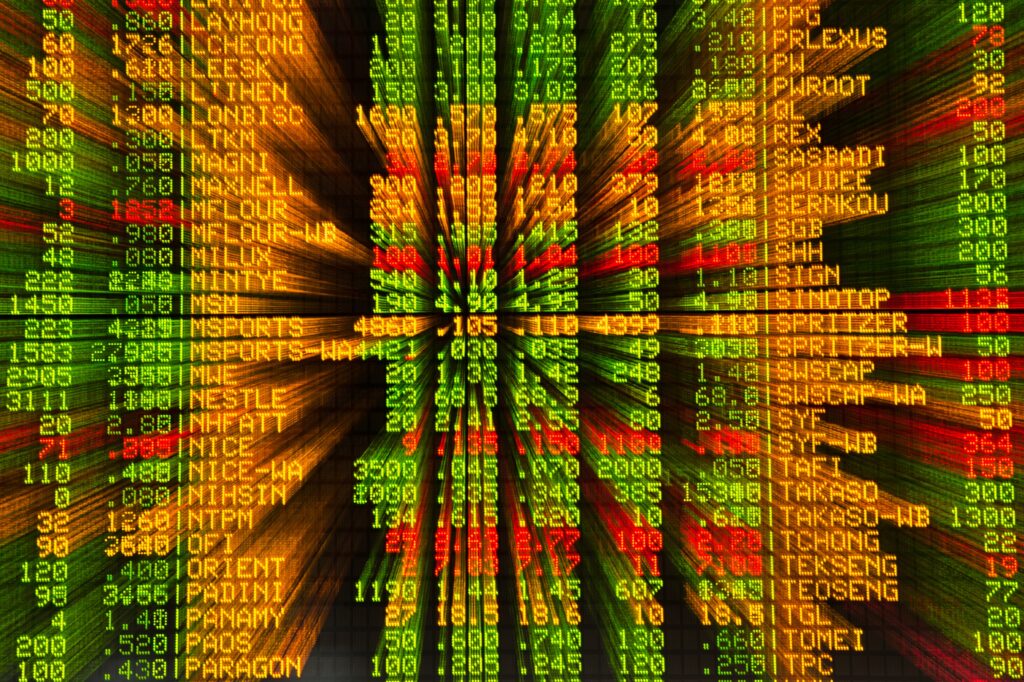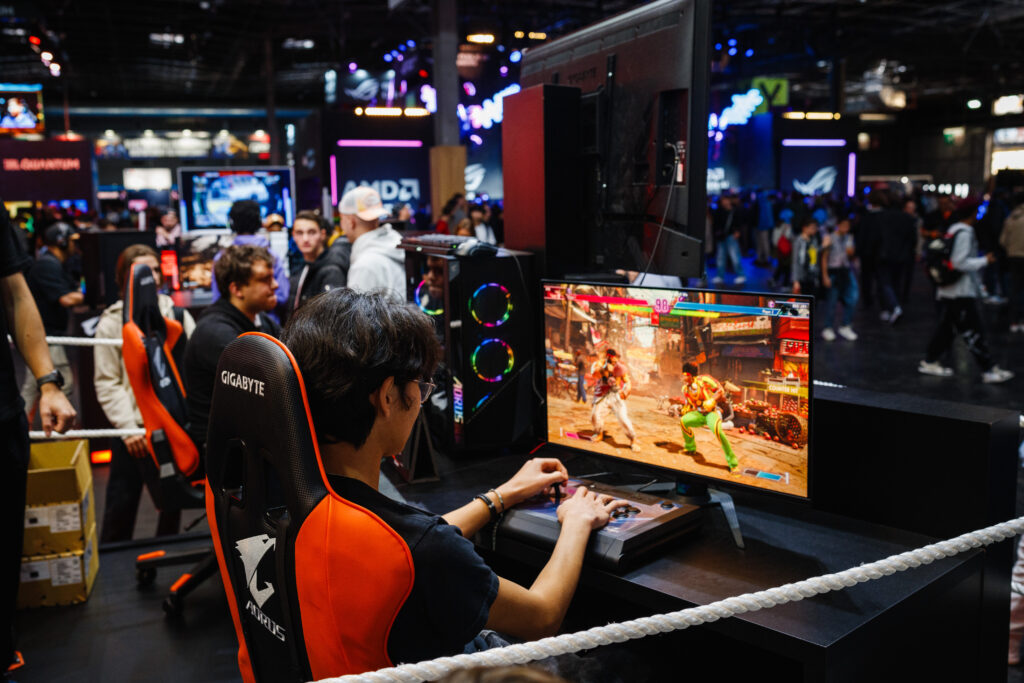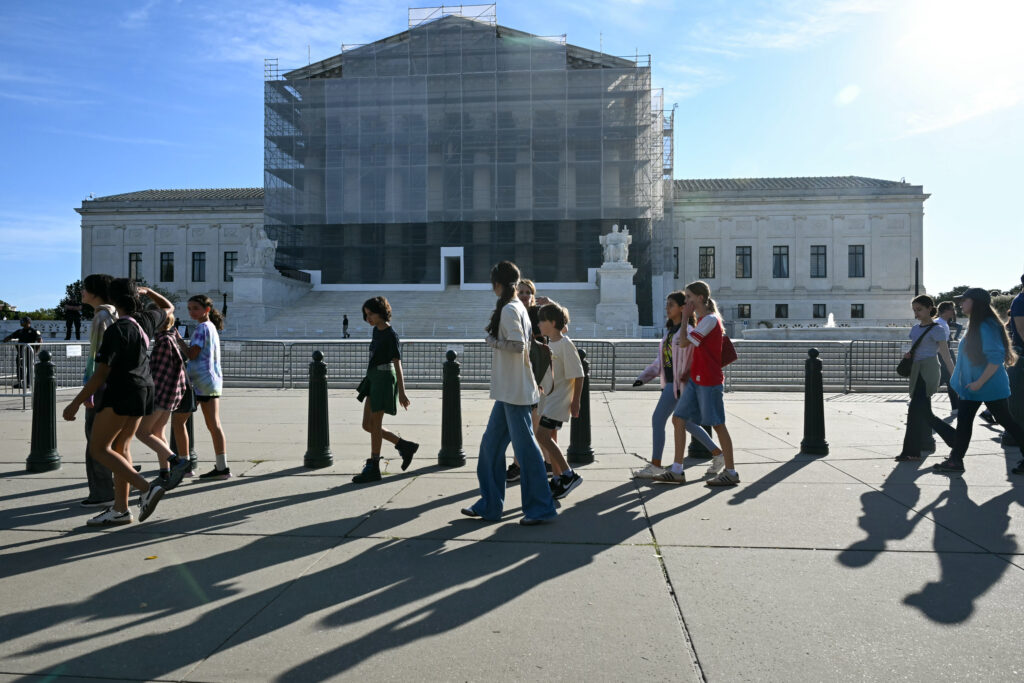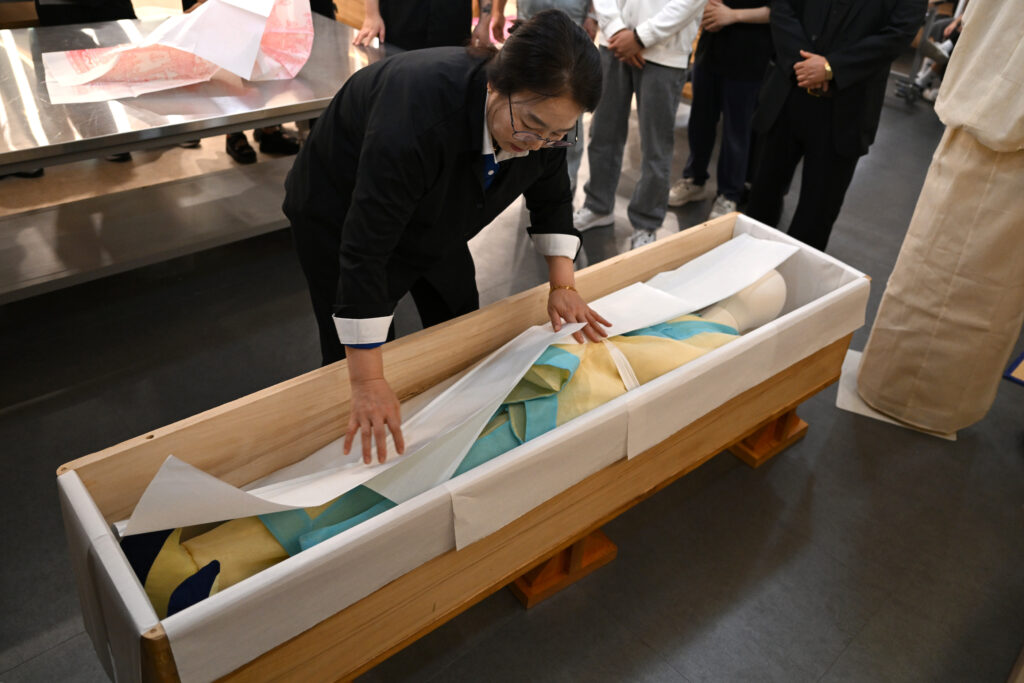France threatens Shein ban if ‘childlike’ sex dolls reappear
France’s finance minister threatened Monday to ban Shein from the country if the Asian e-commerce giant resumes selling childlike sex dolls, just days before it opens its first physical store in Paris.The warning followed France’s anti-fraud unit on Saturday reporting that the company was selling “childlike” dolls of a likely pornographic nature.French daily Le Parisien published a photo of one of the dolls sold on the platform, accompanied by an explicitly sexual caption.It measured around 80 centimetres (30 inches) in height and held a teddy bear.Shortly after the fraud watchdog’s statement, Shein announced the dolls had been withdrawn from its platform and it had launched an internal inquiry.Finance Minister Roland Lescure warned Monday he would move to ban the company from the French market if the items returned online.”These horrible items are illegal,” he told the BFMTV broadcaster, promising a judicial investigation.Shein did not immediately respond to a request for comment.The country’s high commissioner for childhood, Sarah El Hairy, said several websites were being investigated, after French media reported shopping platform AliExpress sold the same dolls.AliExpress said it had immediately removed the items from its website.Activist Arnaud Gallais, who has battled to end the sexual abuse of children, accused Shein of continuing to sell the offending dolls on its pages for other countries. AFP was not immediately able to verify this.”You just need a VPN and you can get them delivered in France,” Gallais said, adding that such blow-up dolls had been found at the home of convicted French paedophile Joel Le Scouarnec.A French court in May sentenced the retired surgeon to 20 years in prison after he confessed to sexually abusing or raping 298 patients while practicing between 1989 and 2014, in a case that shocked the country.- ‘Unacceptable’ -Shein is due on Wednesday to open its first physical store in the world inside the prestigious BHV Marais department store in central Paris, a move that has sparked outrage in France.Frederic Merlin, the director of the company that owns BHV, said selling the childlike dolls was “unacceptable”, but on Monday defended his decision to allow Shein into the department store.”Only clothes and items conceived directly by Shein for BHV will be sold in store,” he said.The Singapore-based company, which was originally founded in China, has faced criticism over working conditions at its factories and the environmental impact of its ultra-fast fashion business model.Some brands have pulled their products from BHV Marais since the announcement.France has already fined Shein three times in 2025 for a total of 191 million euros ($220 million).Those sanctions were imposed for failing to comply with online cookie legislation, false advertising, misleading information and not declaring the presence of plastic microfibres in its products.The European Commission is also investigating Shein over risks linked to illegal products, while EU lawmakers have approved legislation aimed at curbing the environmental impact of fast fashion.







